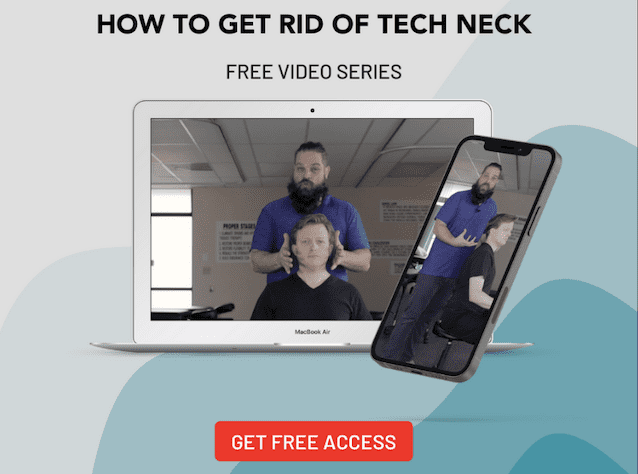What is Neurokinetic Therapy?
Let’s begin with the short explanation of what Neurokinetic Therapy is and isn’t. If the short version does not offer enough clarity, we have included the full explanation from the NKT website just below.
First, NKT is not a therapy session in and of itself. NKT is a diagnostic tool that provides a method to discover the source of a pain or disfunction.
Neurokinetic therapy uses muscle testing to find what muscles are in a relationship with the pain that you are experiencing and once the therapist has done so will treat the muscle that needs releasing and will activate the muscle that is not working properly.
This “tool” has been shown to be very effective in finding the source of pain and dysfunction and relieving the symptoms.
Here is the explanation of Neurokinetic Therapy taken straight from www.NeuroKineticTherapy.com:
Neurokinetic Therapy is a sophisticated form of manual therapy that combines motor control theory and manual muscle testing. The science of motor control theory states that the motor control center in the cerebellum stores all the coordination patterns of the body. It is directed by the limbic system and the cerebral cortex to not only create movement patterns (such as when a baby learns to stand), but also to create substitute movement patterns when we are injured. An experiment was performed with an EMG that measured the ability of different muscles in the upper arm and forearm to perform supination of the forearm. As we know, the biceps is the most powerful supinator of the forearm. In this experiment, the biceps were inhibited and various muscles of the forearm were measured to see which one engaged to perform supination. In this case, the brachioradialis supinated the strongest. What does this tell us? When a muscle is inhibited for whatever reason, the motor control center will find a substitute muscle to perform the function. If this pattern is allowed to remain in the motor control center, dysfunction and pain will follow. How then can we undo this dysfunctional pattern?
We also know from motor control theory that if the body fails to perform a specific function, the motor control center is open to new learning for approximately 30 to 60 seconds. How then can we communicate with the motor control center? Manual muscle testing allows us to find muscles that are weak or dysfunctional in relationship to other muscles. Using the experiment above, a practitioner of Neurokinetic Therapy would test the strength of the brachioradialis muscle and then test the strength of the biceps. In this case, the biceps would test weak. A release of 30 to 60 seconds would be performed on the brachioradialis and then the biceps would be retested. If the biceps test strong, the motor control center has been successfully reprogrammed. If the biceps still test weak, the brachioradialis could be re-released or another muscle in the area may need to be released. The client would be sent home with instructions on how to release the brachioradialis and then how to strengthen the biceps. This basic concept can be applied to muscles and dysfunctional patterns throughout the body.
Neurokinetic Therapy is an excellent modality in rehabilitation and manual therapy because it not only identifies the cause of pain and dysfunction, but also corrects it very quickly and quite painlessly.
The list of therapists who have been trained in Neurokinetic Therapy are listed below. Please select the one most convenient for you to begin your journey of getting to the source of your problem with Neurokinetic Therapy.



